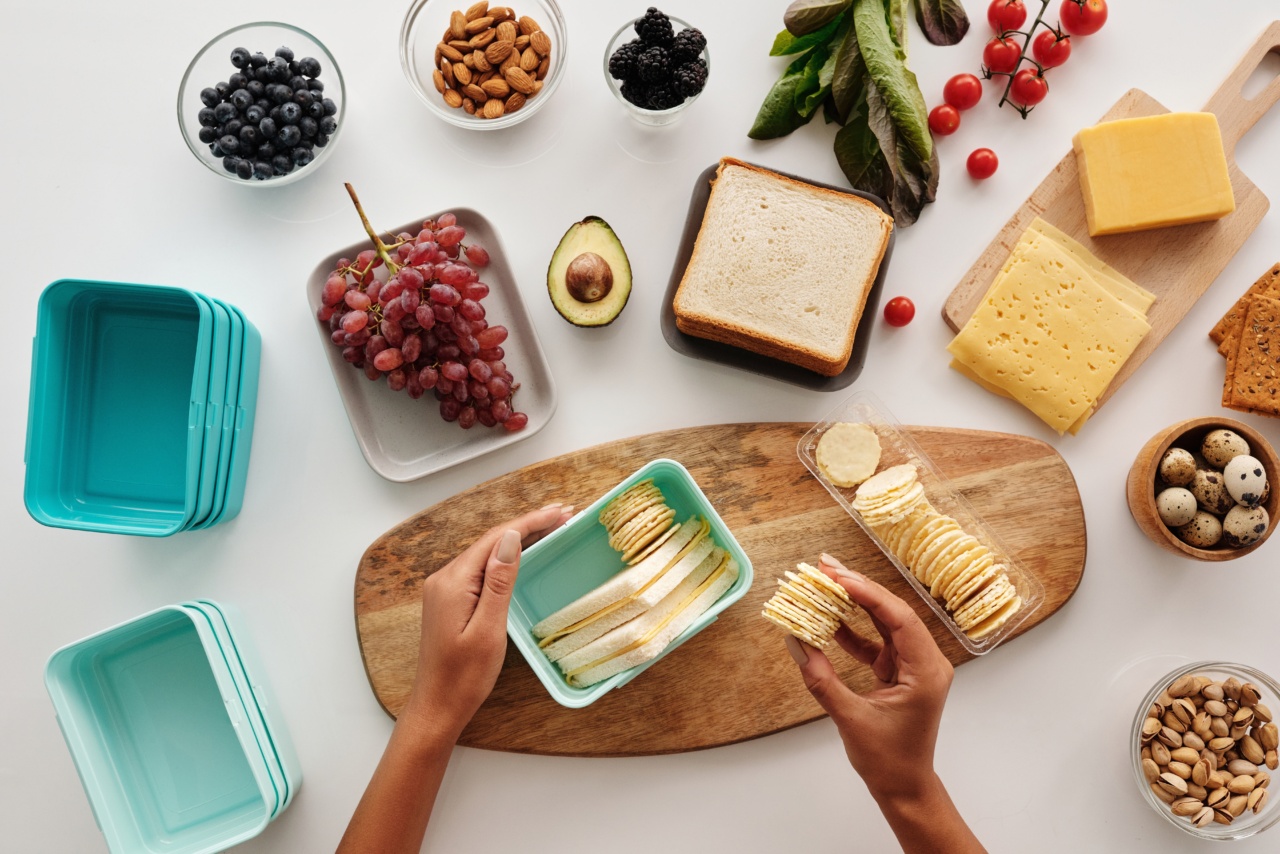Introducing complementary foods to your baby’s diet can be an exciting milestone for both you and your little one. But, it can also be a bit daunting. Knowing when to introduce solid foods and what foods to choose can be overwhelming.
In this article, we will guide you through the process of introducing complementary foods to your baby’s diet.
When to start introducing solid foods
The current recommendation from the American Academy of Pediatrics (AAP) is to start introducing complementary foods to your baby’s diet around six months of age.
Some signs that your baby may be ready for solid foods include:.
- Sitting up with support
- Showing interest in food
- Being able to turn their head away from food when they are full
- Being able to hold their head up on their own
The right way to introduce solid foods
When you’re ready to introduce solid foods to your baby’s diet, keep these tips in mind:.
- Start with a single food and wait a few days before introducing another. This will allow you to pinpoint any allergic reactions or digestive issues that may arise.
- Choose foods that are appropriate for your baby’s age. Foods that are too complex or difficult to digest can be harmful for your baby.
- Use a small spoon to feed your baby. Avoid putting food into a bottle.
- Make sure your baby is sitting up straight in a highchair or on your lap when eating. This will help prevent choking.
What foods to introduce first
When introducing solid foods, it’s important to choose foods that are nutrient-dense and appropriate for your baby’s age.
Some good options for first foods include:.
- Iron-fortified infant cereal
- Mashed or pureed fruits such as bananas, peaches, or pears
- Mashed or pureed vegetables such as sweet potatoes, squash, or carrots
As your baby gets used to eating solid foods, you can start to introduce more complex flavors and textures. Some good options include:.
- Soft, cooked meats such as chicken or turkey
- Soft, cooked fish such as salmon or tilapia
- Soft, cooked beans such as black beans or lentils
- Probiotic-rich yogurt or other dairy products if your baby doesn’t have a milk allergy
Foods to avoid
While it’s important to introduce your baby to a variety of healthy foods, there are some foods that should be avoided.
These include:.
- Honey – Honey can contain spores of a bacterium that can cause botulism in babies under one year of age.
- Cow’s milk – Cow’s milk doesn’t provide the right balance of nutrients for babies under one year of age.
- Choking hazards – Foods that are small, round, or hard can be dangerous for babies. Examples include popcorn, nuts, and raw carrots.
- Allergenic foods – It’s important to introduce allergenic foods such as peanuts, eggs, and soy to your baby’s diet, but you should speak to your pediatrician first to make sure it’s safe for your baby.
How much to feed your baby
When you first start introducing solid foods, your baby will likely only eat a few spoonfuls at a time. As they get used to new flavors and textures, they will gradually eat more.
It’s important not to force your baby to eat more than they want. Let them consume as much or as little as they feel comfortable with.
As a general rule of thumb, your baby should start with about one tablespoon of food per feeding and work up to about two to four tablespoons per feeding by the time they are nine months old.
Conclusion
Introducing solid foods to your baby’s diet is an exciting milestone, but it can also be overwhelming. By following these tips, you can help ensure that your little one has a healthy and enjoyable introduction to complementary foods.






























